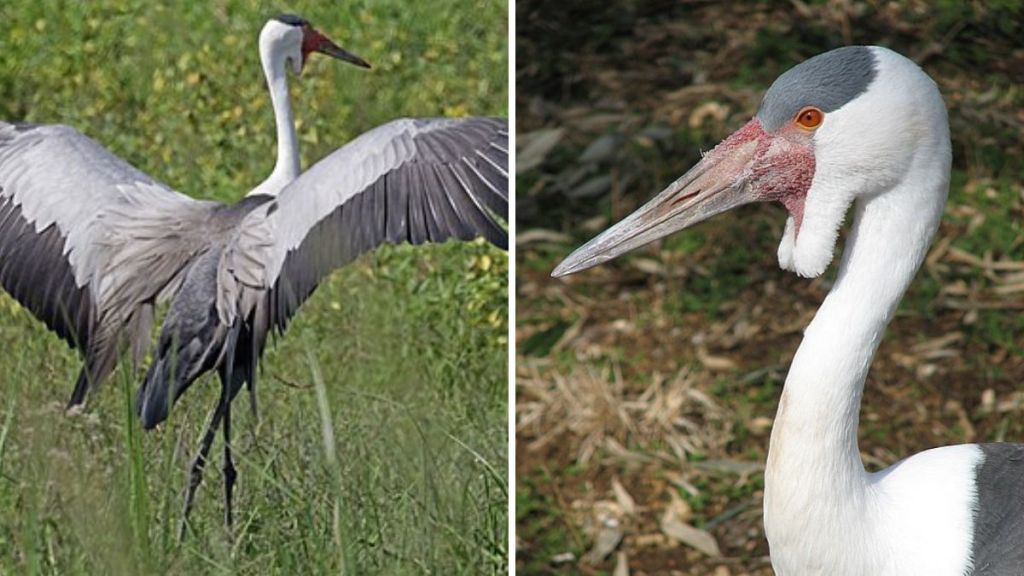Wildlife rescuers are a special breed of people. Occasionally, such as with this crane rescue, they might even become a special breed of bird. Teaching specific habits is crucial to rehabilitating some species. Sometimes, that requires a bit of costuming ingenuity and some role-playing.
Videos by InspireMore
In the clip, a wildlife rescuer from FreeMe Wildlife works with a baby wattled crane. The worker has donned a costume and uses a hand puppet to teach the baby crane how to drink water. When working with orphaned animals, it is helpful to mimic typical behaviors. This permits the orphaned animals to learn in much the same manner as if their parents were teaching them.
When the rescue intends to return an orphan to the wild, it is crucial to limit human interaction. Using costumes and the hand puppet, the orphan doesn’t “see” a human. They see another crane. In this manner, human surrogates can teach orphans what they know to survive independently.
Wattled cranes are one of the rarest birds in South Africa. Their current status is “at risk of extinction.” The wetland habitat of this species is disappearing. Although a wattled crane can live 20 to 30 years, their lifespan is reduced with encroachment by humans and the draining of wetlands.
This baby crane had a broken leg when it went to the rescue organization. It is about two and a half months old and is getting a second chance. Once it can survive independently, FreeMe Wildlife will release the bird into the same area.
You can follow more rescue and rehabilitation stories with FreeMe Wildlife on YouTube and Instagram. Visit their website to learn more about this rescue organization.
Please share this unique crane rescue.
You can find the source of this story’s featured image here and here.
Want to be happier in just 5 minutes a day? Sign up for Morning Smile and join over 455,000+ people who start each day with good news.


